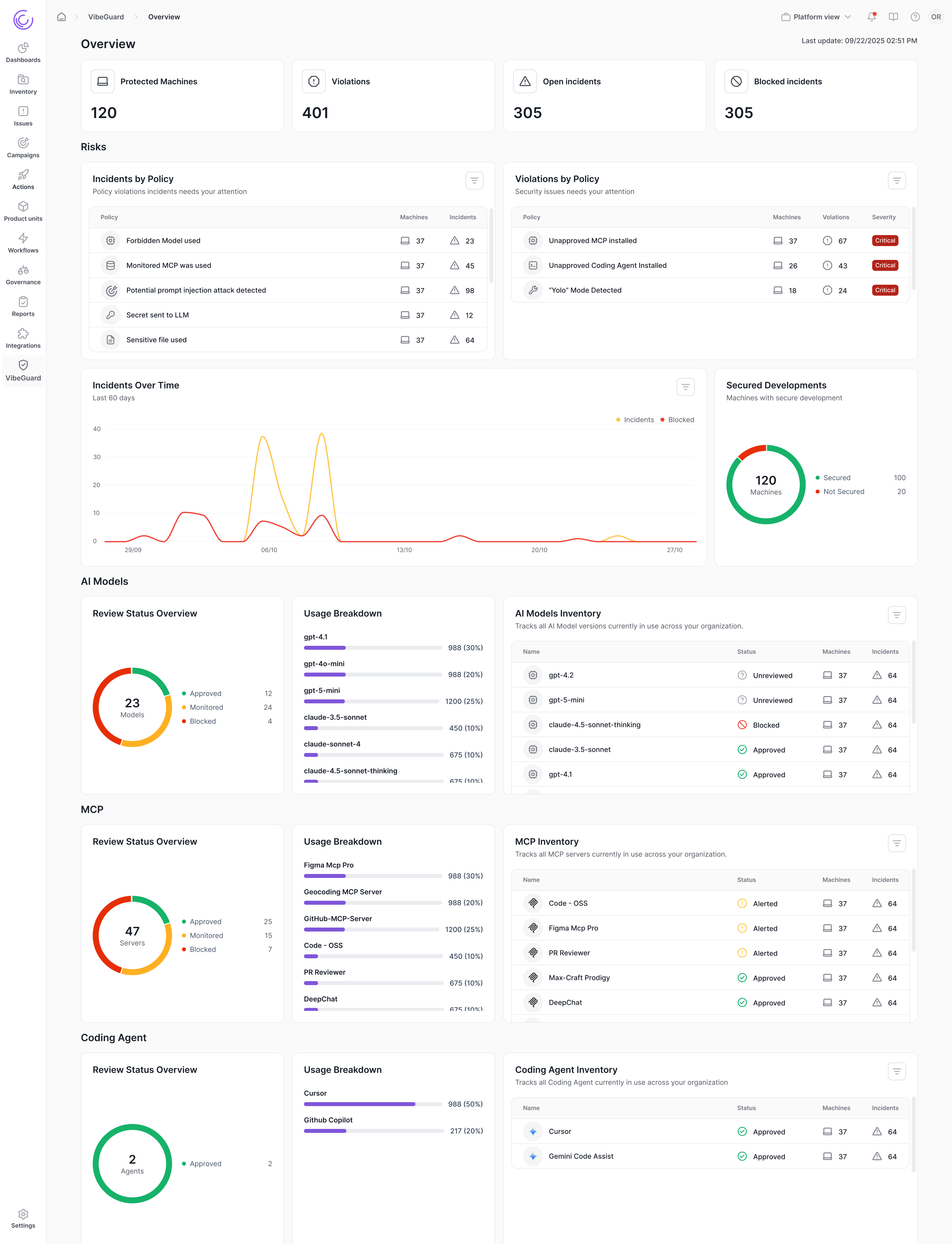How certain can I be of the security in NHIs?

Is investing in advanced NHIs justified?
Are Machine Identities as Secure as We Think?
Where digital rapidly expanding across various sectors—from financial services to healthcare—organizations are compelled to assess the integrity of their security systems, specifically when it involves machine or Non-Human Identities (NHIs). This raises a pressing question: How certain can security professionals be that these NHIs are adequately protected?
Understanding NHIs begins with acknowledging them as vital components of modern cybersecurity frameworks. Unlike human identities, NHIs include the machine credentials (or “secrets”) such as encrypted passwords, tokens, or keys that provide machines their unique identifiers. Think of these credentials as a passport, with the permissions acting like a visa granted by destination servers. Ensuring the security of both the identities and their secrets necessitates comprehensive oversight and advanced security methodologies.
A Holistic Approach to NHI Management
The management of NHIs stands apart from simplistic security measures by offering a more holistic approach. This encompasses all lifecycle stages, from discovery and classification to threat detection and remediation. This thorough method provides a stark contrast to point solutions like secret scanners, which often present only a narrow facet of security, leaving gaps.
Key aspects of effective NHI management include:
Reduced Risk: Proactive identification and risk mitigation strategies lower the potential for breaches and data leaks.
Improved Compliance: Aligning with regulatory requirements through policy enforcement and audit trails.
Increased Efficiency: Automation allows security teams to direct focus on strategic initiatives, enhancing overall operational effectiveness.
Enhanced Visibility and Control: Centralized views provide better access management and governance.
Cost Savings: Automating processes like secrets rotation and the decommissioning of NHIs reduces operational costs significantly.
The Importance Across Industries
The security of NHIs resonates across several industries. For example, in financial services, where large volumes of sensitive data flow constantly, robust NHI security is non-negotiable. A breach could not only result in financial loss but also damage reputational trust. Similarly, in healthcare, safeguarding patient data with trusted NHIs can be a matter of compliance and patient safety.
DevOps and Security Operations Centers (SOC) teams also find immense value in reliable NHIs. With DevOps continue to drive rapid software deployments, the security teams need assurance that the NHIs managing these processes are invulnerable to external threats. With NHIs properly managed, DevOps can build and deploy without unnecessary slowdowns, knowing that security is addressed from the ground up.
Why Cloud Environments Demand NHI Security
The shift to cloud-based environments intensifies the need for secured NHIs. Where organizations migrate their operations to cloud platforms, they encounter new challenges and potential vulnerabilities. The disconnect between security and R&D teams often exacerbates these vulnerabilities because each may prioritize different aspects of system architecture and security.
Understanding the market’s perspective on cloud security is crucial. Transitioning to a cloud-native approach without adequate NHI management could lead to exploitable gaps. For instance, data from compliance analyses often illustrate how NHIs can influence regulatory adherence if not managed properly. This underlines the importance of connecting security protocols with developmental processes to ensure that NHIs and their secrets remain securely integrated within cloud environments.
How Organizations Can Achieve Certainty with NHIs
Organizations can achieve a high degree of certainty in NHI security by adopting comprehensive cybersecurity strategies that involve:
Continuous Monitoring: Constant vigilance can detect any anomalous behaviors or unauthorized accesses quickly, preventing potential breaches.
Lifecycle Management: Managing the entire lifecycle of NHIs from creation to decommissioning ensures no stone is left unturned in safeguarding machine identities.
Cross-Department Collaboration: Bridging the gap between IT, security, and R&D teams is vital for a cohesive approach towards NHI security.
Advanced Automation: Utilizing automation tools can simplify complex processes, streamline workflows, and improve security postures.
In summary, securing NHIs isn’t just about adding another layer to the cybersecurity framework. It is about meticulous management of these identities and their corresponding secrets throughout their lifecycle. By focusing on holistic approaches and considering insights from agentic apps guides, organizations can ensure that their NHIs are not only trusted but also provide a reliable shield against evolving threats.
While industries continue to embrace digital transformations, the role of NHIs will undoubtedly grow. The expertise in managing these identities will play a critical role in shaping the future of secure digital. While uncertainties exist, adopting a proactive stance ensures that NHIs remain a valuable asset rather than a potential liability for any organization.
Decoding the Significance of Monitoring and Compliance in NHI Management
What role do monitoring and compliance play in enhancing the security integrity of Non-Human Identities (NHIs)? When organizations navigate the complexities of digital security, it becomes evident that continuous monitoring and stringent compliance frameworks are indispensable.
The integration of comprehensive monitoring practices empowers organizations to detect and respond to threats in real-time. Anomalies in machine behaviors can be quickly identified, allowing for swift action to be taken before vulnerabilities are exploited. Monitoring extends beyond mere observation; it involves sophisticated data analysis and pattern recognition that preemptively identifies potential security breaches.
Compliance, on the other hand, ensures that all security measures align with established regulatory standards and industry best practices. This is particularly important in regulated industries such as finance and healthcare, where adhering to legislative requirements not only protects sensitive data but also safeguards an organization against penalties and reputational damage.
The Relevance of Risk Management in NHI Security
How can organizations effectively manage the inherent risks associated with NHIs? Risk management is a cornerstone of robust NHI security strategies. By embracing a proactive approach, organizations can anticipate and mitigate potential threats before they materialize.
A comprehensive risk management framework involves:
Threat Identification: Recognizing potential vulnerabilities in NHI configurations and system access points.
Risk Assessment: Evaluating the likelihood and impact of identified threats to prioritize security measures effectively.
Mitigation Strategies: Implementing protective measures to address identified risks, such as regular updates and patch management.
Incident Response Planning: Establishing clear protocols for responding to security incidents, ensuring rapid containment and recovery.
Risk management is not a one-time activity but an ongoing commitment to maintaining the security integrity of NHIs. By continuously re-evaluating and adapting strategies, organizations can ensure resilience against an evolving threats.
Bridging Development and Security: A Collaborative Approach
How can organizations overcome the disconnect between development and security teams to enhance NHI management? Collaboration between these two disciplines is critical for creating a secure digital.
This convergence requires a cultural shift towards integrated operations where developers and security professionals work hand-in-hand from the outset of a project. This alignment fosters a shared understanding of security requirements and enables the development of solutions that inherently prioritize security.
To facilitate this collaboration:
Shared Objectives: Establish common goals that emphasize both innovation and security.
Open Communication: Encourage transparent dialogue to address concerns and share insights across teams.
Continuous Feedback Loops: Integrate regular checkpoints to assess progress and address potential security implications.
Joint Training Sessions: Conduct workshops and training sessions to enhance understanding and collaboration between teams.
By nurturing a collaborative environment, organizations can seamlessly integrate security into their development workflows, ensuring that NHIs remain protected from the ground up.
The Future of NHIs in a Secure Digital Landscape
What does the future hold for NHIs when cybersecurity evolves? With technological advancements reshape digital, the role of NHIs becomes increasingly paramount. With the proliferation of Internet of Things (IoT) devices, automated systems, and interconnected networks, the demand for secure machine identities is more significant than ever.
Emerging trends such as the utilization of artificial intelligence (AI) and machine learning (ML) in cybersecurity are paving the way for more sophisticated NHI management solutions. These technologies offer the potential to enhance threat detection capabilities, automate routine security tasks, and bolster defense mechanisms.
Organizations are poised to adopt more advanced techniques for managing NHIs, leveraging cutting-edge technologies to fortify their security postures. By embracing innovation and prioritizing security at every stage, organizations can harness the potential of NHIs to drive digital transformation while maintaining a steadfast commitment to safeguarding their data and systems.
Where digital identity management grows increasingly complex, NHIs stand as the gatekeepers of secure communication between machines. By understanding the strategic importance of robust NHI management, organizations can pave the way for a secure future where technology serves as a trusted ally rather than an unprotected frontier.
For further insights on managing these vital components of modern cybersecurity, readers can explore additional resources on the elements of non-human identities as well as detailed analyses of NHI threat mitigation strategies.
The post How certain can I be of the security in NHIs? appeared first on Entro.
*** This is a Security Bloggers Network syndicated blog from Entro authored by Angela Shreiber. Read the original post at: https://entro.security/how-certain-can-i-be-of-the-security-in-nhis/






